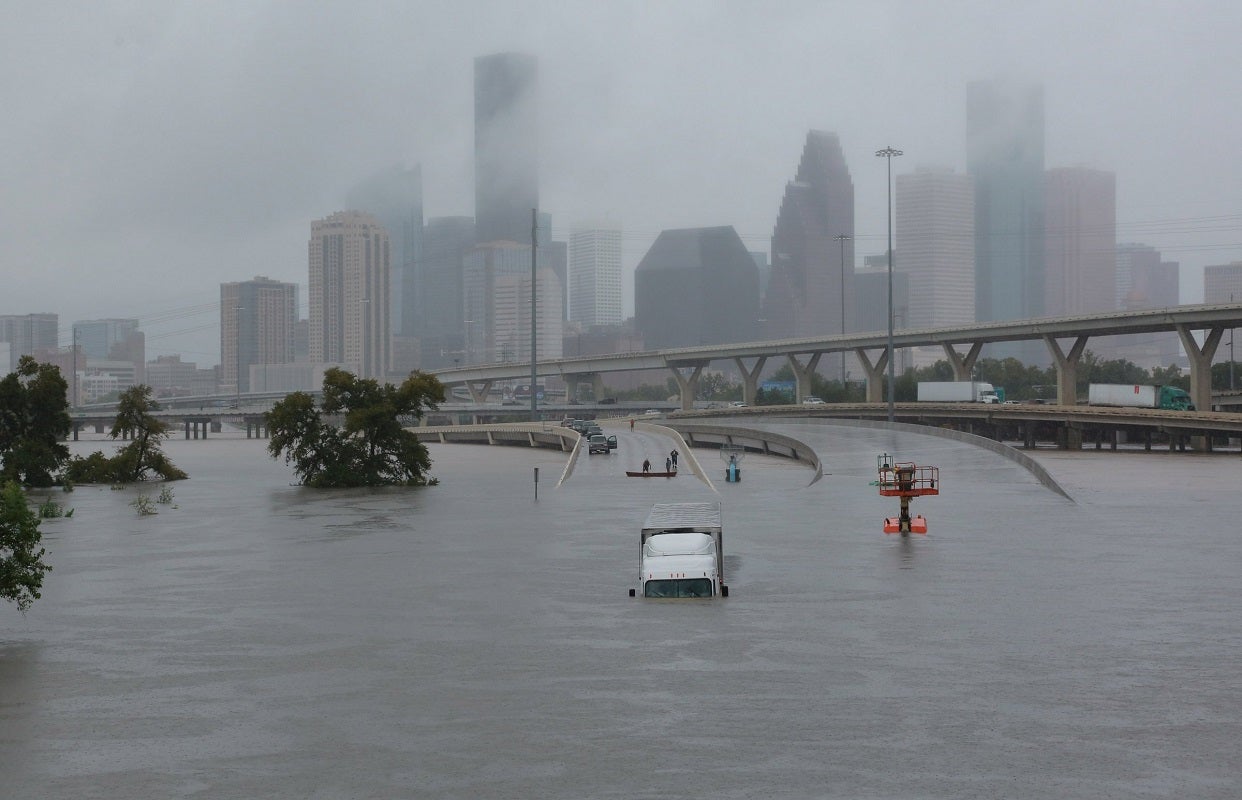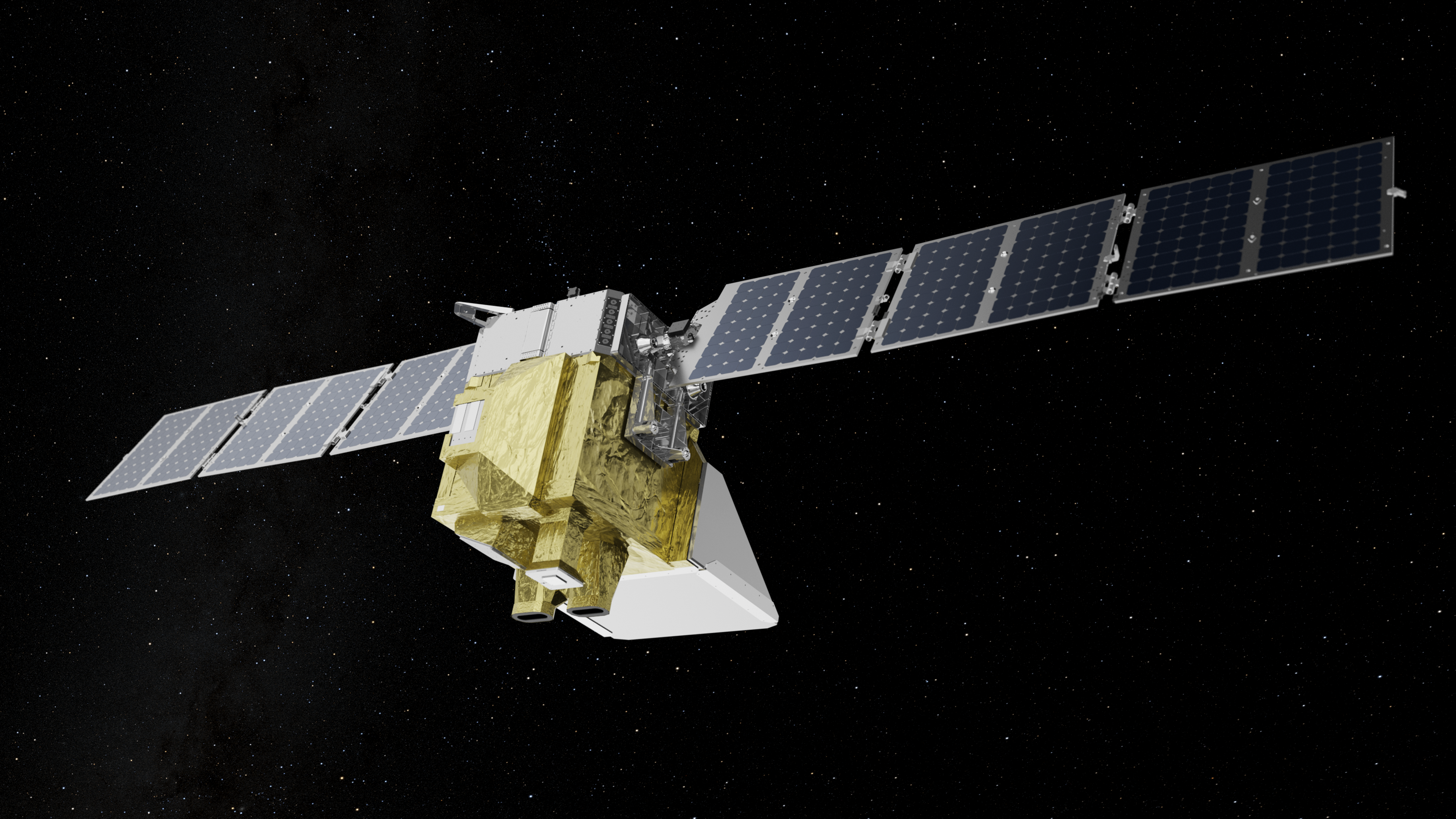How we underestimate the costs of climate change, and why it matters now
This post, co-authored with Maureen Lackner, originally appeared on Voices.

Cities, states and businesses are still feeling the shock. The coronavirus has stolen more than 138,000 lives and obliterated budgets. Had the U.S. better prepared for the fallout, some of the impacts would have been less severe.
Countries in Asia, for example, accustomed to managing fast-moving viruses after their experiences with SARS, have fared much better than the United States, which leads all countries with 3.43 million COVID-19 cases.
Costs from climate will likely have similar effects, and sooner than we think. Understanding—or better yet, predicting—what we could face in the future is crucial for making the case for policy action today, not after calamity strikes.
Calculating climate costs is daunting
To make these calculations, economists rely on Integrated Economic Assessment models to estimate future costs of climate change. These models are complex tools that link emissions projections to climate and ultimately societal impacts, measured in metrics such as the costs of poorer health outcomes, lost labor, damage to infrastructure, agricultural losses and death. Economists can then value the economic cost of a changing climate in dollar amounts.
The estimated costs from prominent models vary, but they all emphasize how much we currently underestimate climate damages. One recent study focuses on just a few sectors, (agriculture, crime, coastal storms, energy, human mortality and labor), and finds that damages will cost about 1.2% of gross domestic product per +1°C on average.
Even so, estimating outcomes is exceedingly challenging, and many assessments have been leaving out or significantly underestimating several of the serious consequences of climate change on lives and livelihoods.
For example, some economists argue that integrated assessment models do not capture the potential for tipping points adequately, where impacts from climate change can either accelerate abruptly, or become irreversible, leaving us in an unprecedented scenario — perhaps much like the unprecedented times we are experiencing right now. Integrated economic assessment models do their best to reproduce the world’s climate, economy and systems as they exist and function today. Even so, they are ill suited to estimate what will happen in a world where our climate system is pushed past a breaking point.
In addition, there are many intangible impacts that cannot be evaluated solely using economic costs – among them, the loss of cultural heritage, or the trauma of losing your home, getting hospitalized, or losing a loved one.
Every economic model under-values the costs of climate change
What is clear: the damage estimates from these models do not adequately value future well-being and non-monetary factors. Simply put, no matter the model, the numbers it produces are more likely than not too low.
We’ve seen this play out in other major disasters.
The California Wildfires, Hurricanes Katrina and Sandy, and even the Mississippi river flood of 1927 not only resulted in direct catastrophic economic losses to the residents of those areas, they also contributed to trauma, loss of stability and displacement from those communities. Losses that weren’t quantified in damage assessments. Even less well-known disasters resulted in monumental damages. The 2006 California heat wave, for example, cost $5.4 billion, while an outbreak of West Nile Virus in Louisiana cost an estimated $207 million.
We know that climate change is going to be expensive. And it will likely be more expensive than we are able to estimate. That knowledge should prod policymakers to take action now—before it’s too late.
Inaction brought the entire world economy to its knees in a matter of weeks during a pandemic that scientists warned us would come.
Climate change is already starting to wreak havoc on the planet. We don’t have time to wait while the federal government is stymied under the Trump administration’s inaction—and in some cases—proactive rollbacks of climate protections. Just as they have in the pandemic, state and local leaders can and should lead the way to prepare for an uncertain and costly climate future.











